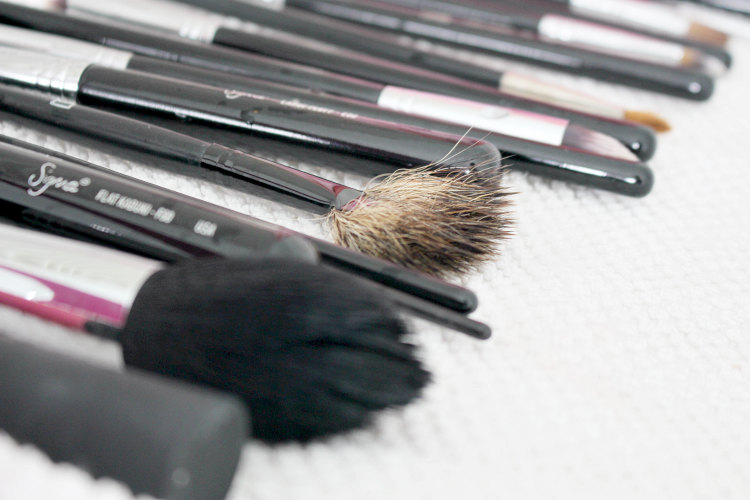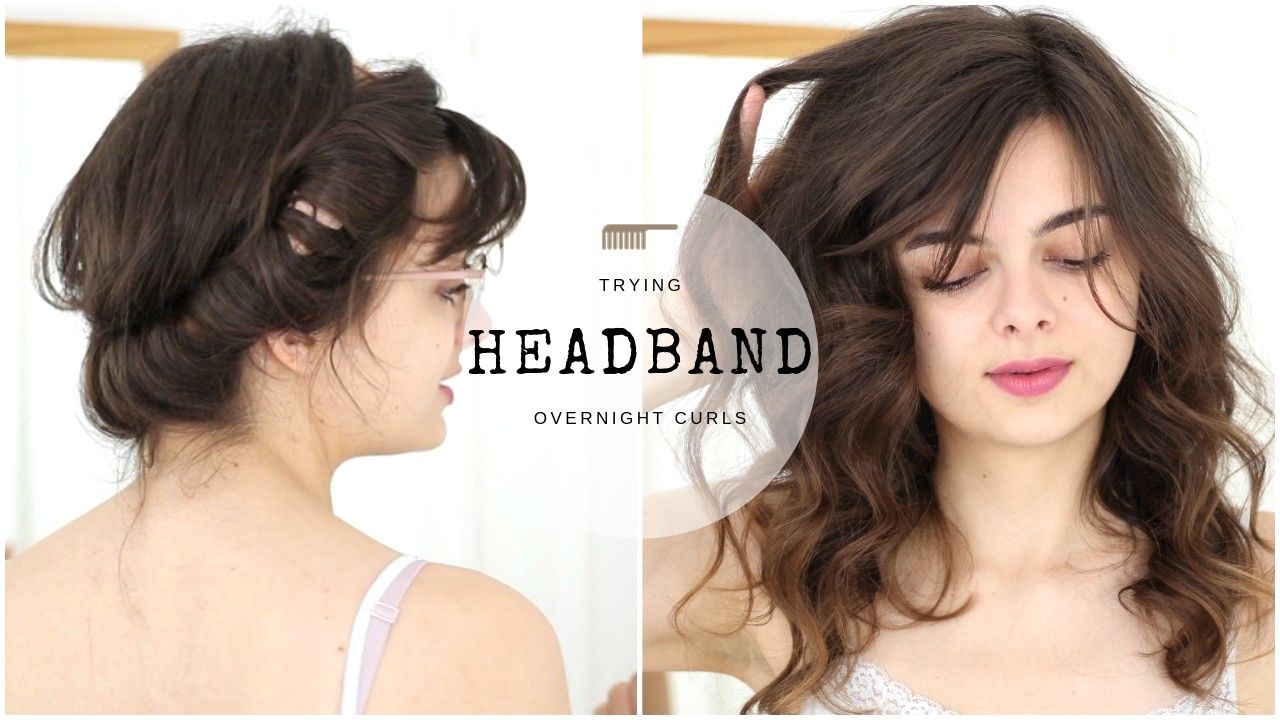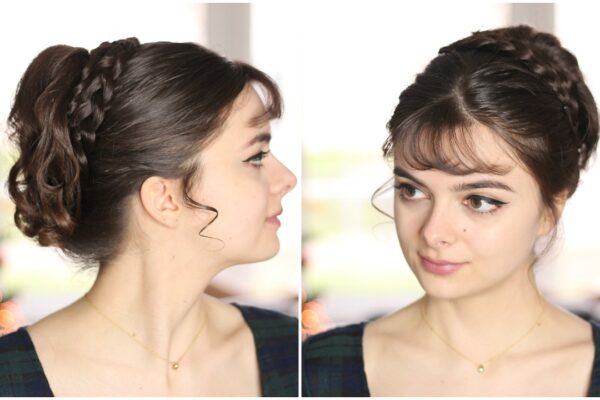Where would I be without my makeup brushes? These simple tools make my life so much easier by allowing me to apply any makeup look I desire quickly and easily. I’ve said this before but I’ll say it again and again; so much of how your makeup comes out has to do with the brushes you use! Needless to say, brushes need care. They’re usually quite an investment, an luckily they can last you years, but you have to take good care of them to make them last as long as possible and get the best results when using them. The no.1 thing you need to do in your brush maintenance is clean them well on a regular basis. I’m going to show you how to properly clean makeup brushes!
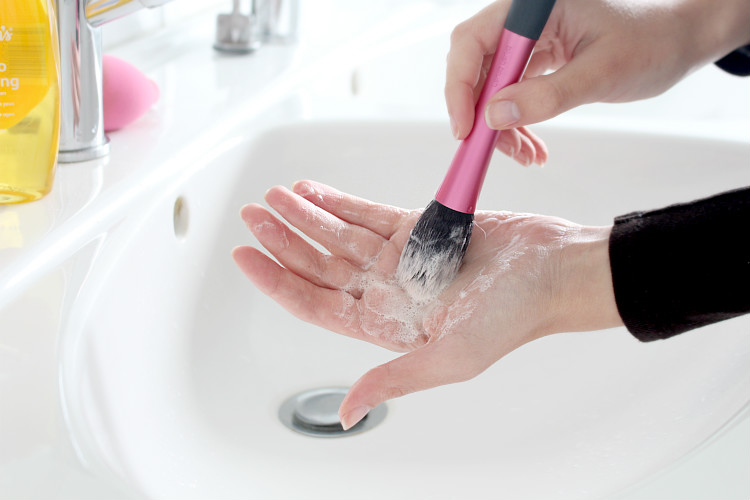
A makeup brush in use accumulates all kinds of nasty stuff. Primarily makeup build-up of course, but also oil from your face, dust from the air, and then some nice little bacteria that grow in anything damp. Exposing your skin to all of this is not only very unsanitary, it can cause all kinds of skin issues as well. Beside that, a clean, fresh brush makes applying makeup a lot easier and will always give you prettier results than using a dirty brush, and cleaning your bristles regularly will help keep them conditioned.
So, how to go about it? There are countless brush cleaning methods out there: special brush cleaning solutions, spot-cleaning sprays, sillicone brush cleaning mats, gloves, soaking the brushes in all kinds of products… I’ve tried most of these but always find myself going back to the simple combination of lukewarm water and baby shampoo. I use Johnson’s baby shampoo; it’s gentle, inexpensive, smells really good and does the job perfectly, but I’m pretty sure any brand will do.

Rinse your makeup brush under lukewarm water, then take a little amount of baby shampoo (depending on the size of your makeup brush), and swirl the brush around in the shampoo in the palm of your hand. I then like to massage the shampoo into the bristles using my fingers, always going with the direction of the bristles to maintain the shape. This ensures you get all the makeup in the centre of the brush out as well. Then, rinse again, and squeeze the water out of your brush. I like to pinch the brush between my thumb and index finger and squeeze the water out by sliding towards the ends of the bristles. If the water comes out clear you’re all good, if it’s still a little murky or coloured, repeat the shampooing. Then I lay the brush out to dry on a towel. It usually takes a couple of hours for the brushes to dry, especially the big face brushes.
When you’re holding your brush under the tap, make sure the bristles are pointing down. You’ll want to try to avoid water getting into the metal thingy that attaches the bristles to the handle, or the glue might dissolve over time and the handle may come off or your brush will start to shed.
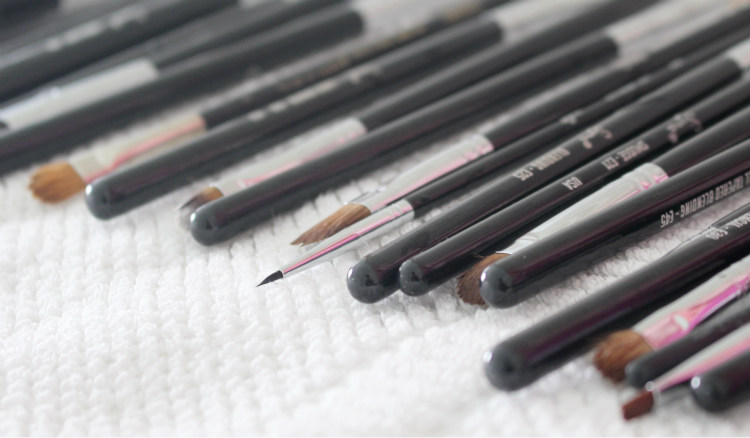
If there’s any hard to remove makeup in your brush, like a waterproof or very longlasting product, you can massage a little bit of olive oil into the bristles first to dissolve the product, and then use the same procedure with the baby shampoo to get the oil out.
I like to wash my brushes once in two weeks, but if you have sensitive skin or are prone to breakouts I’d recommend you to do it more often. If you suffer from acne you may want to consider using a disinfecting hand soap instead of baby shampoo, to be sure you’re really getting rid of all the bacteria.


